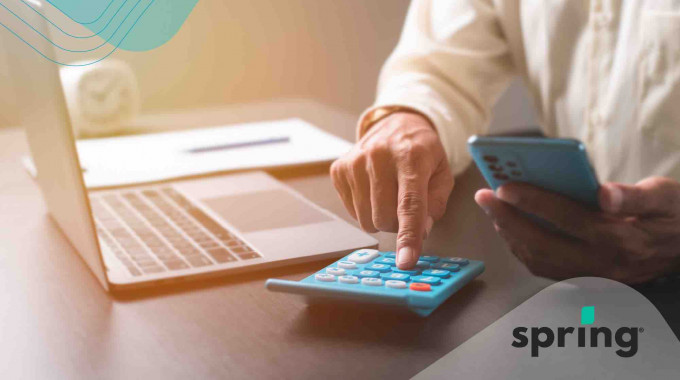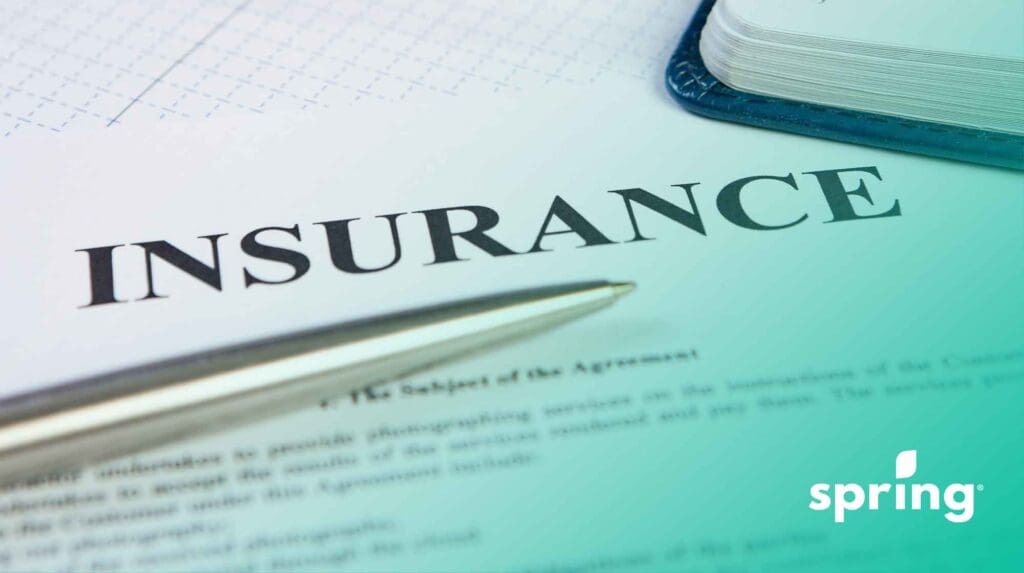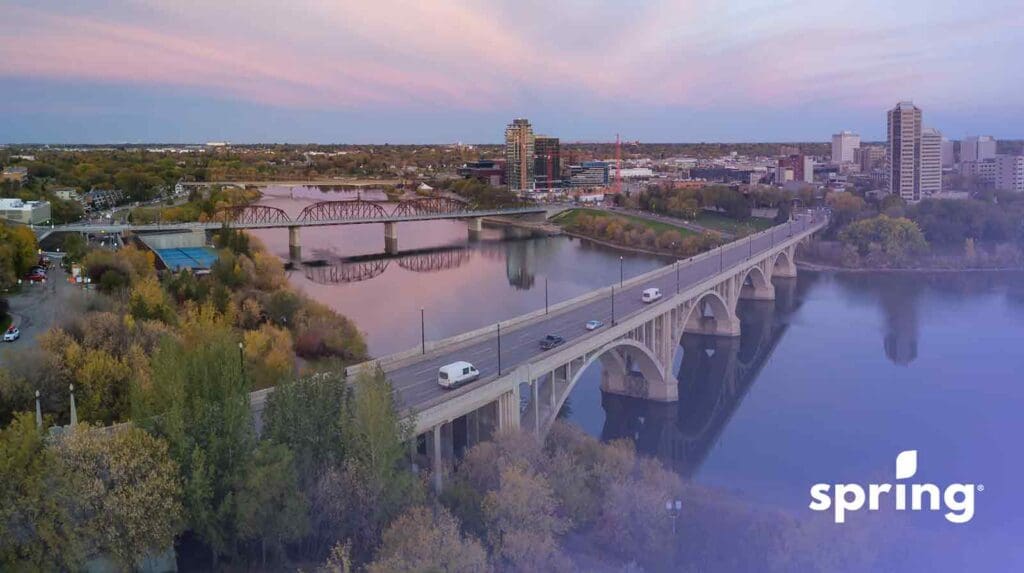Advantages of RRSPs
One of the great things about RRSPs is they give you an incentive to save money for your retirement. That money is intended to be locked away until you retire. Like with any other investments, you choose what type of RRSP you want to invest in and, depending on the market, your investment will fluctuate; because RRSPs are long-term investments, many take a great risk since, even with fluctuations, the overall trend tends to be up. Having this money locked away and earning interest saves you from spending it.
RRSPs also are tax deductible. Each year, you have an RRSP contributions limit that allows you to save money on your income tax. This amount is based on your yearly taxable income earned. You can add to it whenever you want before you file your taxes, up to March 1, to be included in your tax return. For example, You got your statement from the bank in February for the year prior on how much you put into your RRSP. You know you are going to pay some taxes, even with this deduction. You can add more to your RRSP before March 1, which will still be deductible from your taxes. This is because any taxable income put into an RRSP isn’t taxable. In some cases, your RRSP contributions can allow you to receive a tax refund.
Disadvantages to RRSPs
Putting money into your RRSPs is something you can set up to come out of your account automatically. Keep in mind that you do have a yearly limit, though, and this limit is based on income. If you reach your limit, then you may be taxed on what you contributed that was over and about.
You can also be taxed if you don’t reimburse what you withdrew using the Home Buyers’ Plan or the Lifelong Learning Plan. You do have 15 or so years to reimburse the funds, but the ability to do that ultimately depends on how much you withdrew.
RRSPs and Low Income
As we mentioned above, the more money you earn, the more contribution room there is in your RRSP. That being said, your income level also helps to determine if an RRSP is the best option for you. This is because the more you earn, the more you pay in taxes. By being able to contribute to an RRSP, you are saving some money in taxes. If you make a yearly salary of $100,000 or more, this is where you will see the most tax benefits.
If you earn a yearly salary of $50,000 or less, then an RRSP might not be the best option available to you. This is because your tax savings will drop significantly, as will your allotted contribution amount. In this case, a TFSA (Tax Free Savings Account) may be a better choice.
Withdrawing RRSPs
At some point, you may find yourself in a situation where you are required to withdraw from your RRSP. While there are some situations where this might be a good idea, there are others where it isn’t. Here are some pros and cons of RRSP withdrawal.
Pros
When it comes to RRSP withdrawals, there are only certain circumstances where the withdrawal amount can avoid being taxed. These include purchasing your first home or continuing your education. That being said, there are limitations to each situation. When purchasing your first home (Home Buyers’ Plan), you can withdraw up to $35,000, and you have 15 years to pay that money back. Taking the money for educational reasons falls under the lifelong learning plan, which allows you to take up to $10,000 per year ($20,0000 in total) and gives you 10 years to pay it back.
Cons
If you take out funds from your RRSP, you have to pay taxes on that money. This is called the RRSP withholding tax. How it works is if you are taking out $5000 then there will be a 10% deduction. For amounts $5000 to $10,000, there is a 15% deduction. And for amounts higher than $10,000, there is a 20% deduction.
On top of the deductions for withdrawal, the amount you withdraw is added to your taxable income for the year. When this amount is added to your yearly taxable income, if your marginal tax rate is higher than the withholding tax rate, then you will have to pay extra on the amount you have withdrawn.

RRSPs and RRIFs
When it comes to withdrawing funds from your RRSP, there will come a point when it needs to be done. When that time comes, you need to choose if you want a lump sum or to receive that money in installments as retirement income. That said, in certain situations you can withdraw the funds early for a down payment or education payments.
If you have an RRSP, you need to either cash it out or convert it by the end of the year that you turn 71. If you convert it into an RRIF (Registered Retirement Income Fund), you are basically just reversing it. This means that instead of depositing the funds every month, you will be withdrawing every month. And remember how an RRSP was tax deductible, and you didn’t have to pay taxes on that money? Well, now that you are withdrawing it, you need to pay those taxes.
RRSPs as Investments
When you are looking into whether an RRSP is an investment option for you, you have to consider why you are investing. There are plenty of reasons that make RRSPs good or bad, depending on why you are looking into them. Looking at these differences can help you decide what the best option is for you.
Reasons to Invest in an RRSP
When it comes to investing in an RRSP, it is important to be sure you are investing for the right reasons. The three main reasons that people invest in RRSPs are to save money for:
- Purchasing their first home
- Saving for retirement
- Saving for education
An RRSP allows you to save money for these things while saving money on your taxes and earning tax-free growth. You can also roll over your contributions if you think that you are going to end up in a higher tax bracket down the road. Claiming your contributions then could end up saving you even more in taxes.
Reasons Not to Invest in an RRSP
As we have gone over, there are plenty of positives to investing in an RRSP. That being said, your financial situation may not be the most ideal for an RRSP. If you make less than $50,000 per year, for example, an RRSP could end up costing you more in the long run. How? Well, this would be because you’d have only a small tax break. It’s only likely your income will be higher when you hit retirement age, so you will end up paying more in taxes once you begin to use your RRSP.
An RRSP may also not be in your best interest if you have a pension, whether that be with your employer or not. In a case like this, you are already putting money away towards retirement, likely more than you would invest into an RRSP. Putting this money into a TFSA instead allows you to save that money for as long as you’d like but also use it whenever you want. Keep in mind, though, that TFSAs also have a contribution limit, which you need to keep in mind.
Types of RRSPs
If you are actively looking into getting an RRSP, it is important to know that there are a few different kinds of RRSPs. Which one you decide to go with will depend on what you are looking for in an RRSP.
Individual RRSP
An individual RRSP is the most common type of RRSP. It is also the most basic one. You can set this up directly at your financial institution. You can set up automatic contributions and receive your tax statement, deduct those contributions from your taxes.
Group RRSP
Group RRSP benefits are created by your employer. Instead of pension plans, many employers now offer RRSP matching contributions. If this is the case, then they will set up the RRSP for you, and the contributions will be made directly from your paycheck. That being said, you still will have access to the information regarding the RRSP, and if you leave that employer, the RRSP will still be yours.
Self Directed RRSPs
With a self-directed RRSP, you can either invest it yourself or with a licensed broker. A self-directed RRSP is often much riskier than an individual RRSP and is usually done when you prefer more control over your investments. It can be tricky, though, because you want to make sure what you are investing in is eligible to be invested into an RRSP. If it isn’t, you could have to pay a tax of around 1%.
Spousal RRSP
A spousal RRSP is exactly what it sounds like. An RRSP for your spouse, but you make the contributions. The great thing about this is that you can still deduct the contributions from your income while ensuring your spouse has some money for retirement. Some people like this option because they make too much money, and investing in a spouse’s RRSP can save you even more when it comes time to pay income taxes. That said, which one is accessed first is based on which is the younger spouse.
What Is An RESP?
Another investment that you may have heard of is close to an RRSP, in an RESP (Registered Education Savings Plan). An RESP is a savings account that is meant for parents who want to save for their child’s post secondary education. RESPs are tax free and they also get added contributions from the government. Each child is allowed a lifetime total of $50,000 in their RESP.
Difference Between TFSAs and RRSPs
We have mentioned that, in some cases, an RRSP might not be the best choice, and a TFSA could be a good alternative to start saving. This is mainly because a TFSA doesn’t lock your money until retirement. While the funds you put into a TFSA are fully taxable, you can access them whenever you want without any penalties. Just like an RRSP, a TFSA is meant for long-term savings and is a great alternative to an RRSP. You also won’t have to pay taxes when you retire, but you may pay more tax now since you have a higher income.
Rules of TFSAs
While RRSPs reduce your tax burden by allowing you to claim tax-deductible contributions from your RRSP contribution room, TFSAs allow tax-free compounding on TFSA contributions. Just like RRSPs, TFSAs allow you to grow investment products like mutual funds, and they allow you to forward any unused contribution room, except for the fact that earnings grow tax-free.
While your savings grow tax-free in a TFSA, it’s important to consider that TFSA withdrawals don’t impact income-tested benefits such as Old Age Security and GIS. This is different from RRSP’s anything withdrawn from your RRSP portfolio is considered as part of your earned income or gross income and taxed at your marginal rate.
Is an RRSP Your Best Choice for Retirement?
When it comes to discovering if an RRSP is the best choice for you, you should take all of the factors into account. How much do you make per year? Will the tax deductions make a difference? Will the taxes be higher once you retire? Are you planning on purchasing a home and need an extra incentive to save? There are so many different things to think about. If you are still unsure what your best option is, you can speak with an RRSP representative at your financial institution, and they can help you come up with the best way to save for retirement, even if an RRSP isn’t the best option for you.








